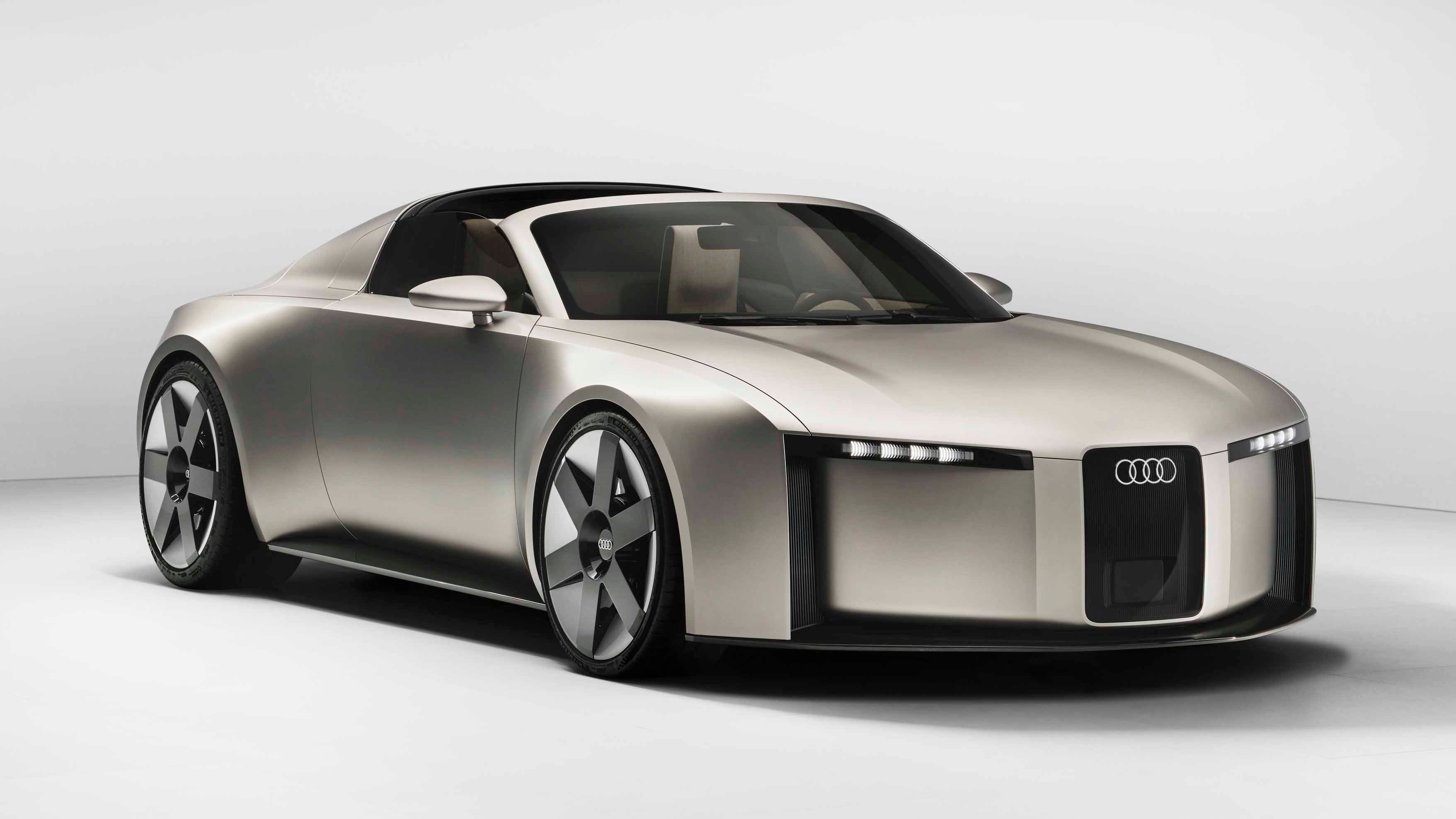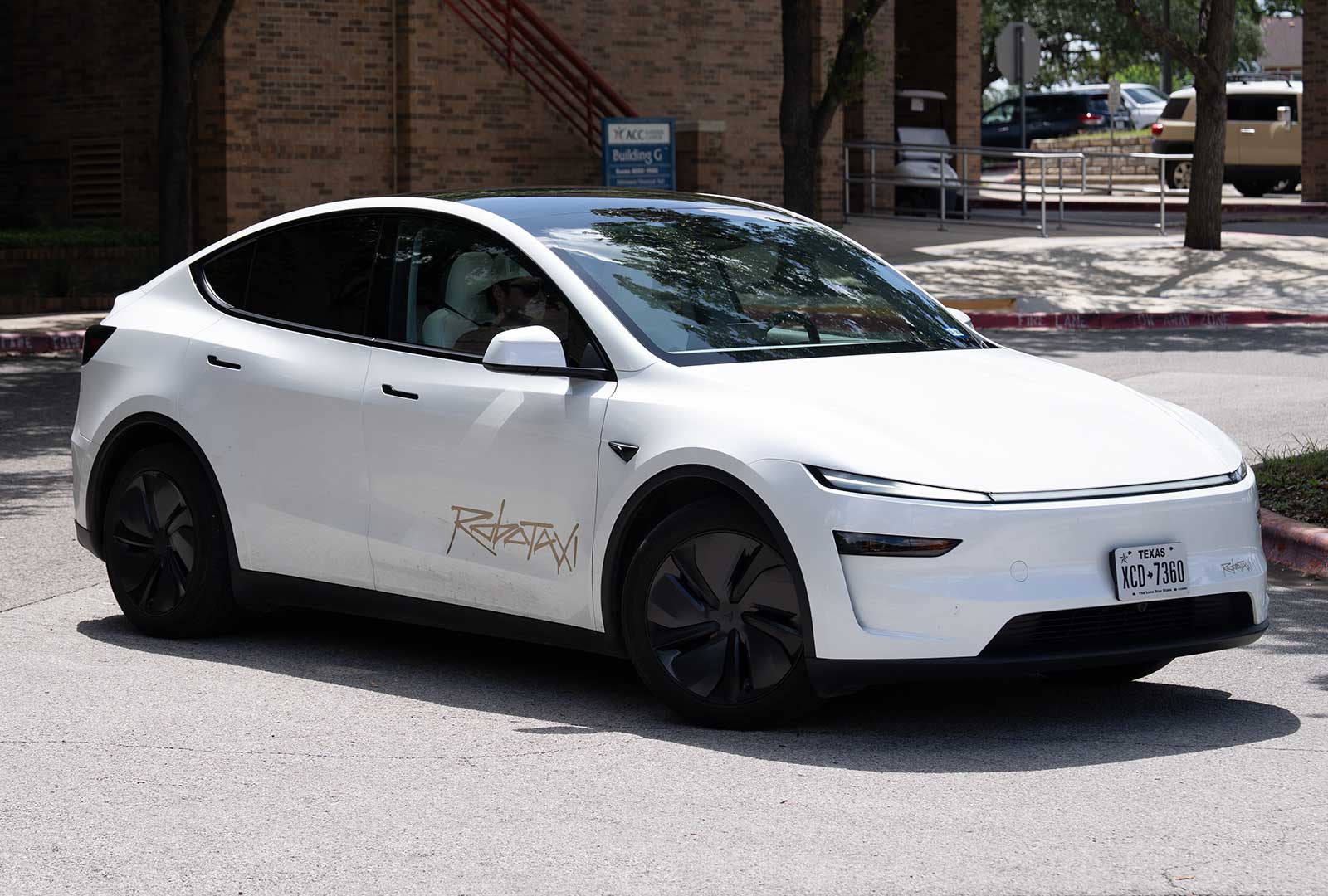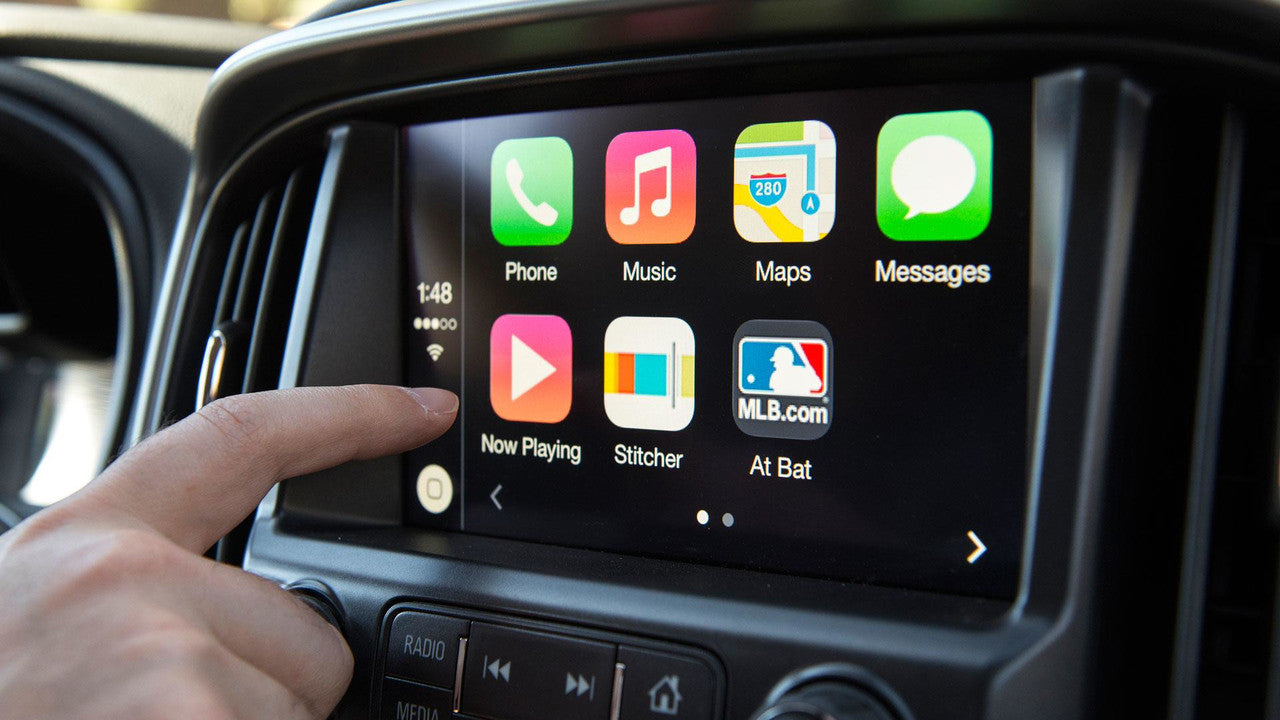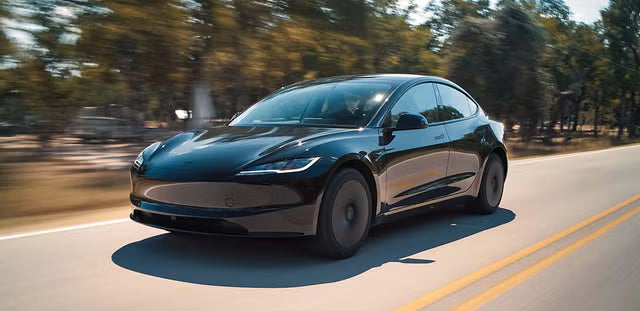A Return to Heritage in a Time of Uncertainty
In a world marked by rapid change and global tension, Germany’s top luxury automakers—Audi, BMW, and Mercedes-Benz—are turning to their own pasts for inspiration. This isn’t just nostalgia. It’s a strategic return to identity, blending familiar design cues with modern innovation.
From the proportions of the body to the shape of the grille, these brands are crafting cars that connect tradition with technology, offering emotional comfort to drivers seeking something timeless in an unpredictable era.

Mercedes Vision Iconic: Classic Form Meets Modern Philosophy
Mercedes-Benz leads the charge with the Vision Iconic, a striking concept that reinterprets its 1950s design language for the electric age. The front grille—with horizontal chrome bars and rounded contours—evokes the Ponton and 300SL, instantly recognizable to brand loyalists.
Circular recessed headlights enhance its vintage character, while aerodynamic sculpting and LED accents ground it firmly in the present. The result is a car that’s both futuristic and familiar—an elegant bridge between eras.
For Mercedes, this isn’t about copying the past. It’s about preserving the soul of its design heritage while adapting it to an electric, software-defined future.
Audi and BMW: Vertical Lines and Minimalist Strength
Both Audi and BMW are rediscovering the power of verticality.
Audi’s Concept C, designed by Massimo Frascella, replaces the familiar octagonal grille with a tall, slender vertical front end reminiscent of the brand’s Auto Union racing heritage. The minimalist bodywork and clean proportions reflect a disciplined design philosophy, where every surface has purpose.
Similarly, BMW’s latest iX3 revisits its historic twin-kidney grille, reshaping it into a narrow, vertical form. It’s more than functional—it’s symbolic. The design emphasizes purity and heritage while signaling BMW’s transition into the EV era.
In both brands, the past serves as structure, not decoration—a design architecture rooted in clarity and balance.

When Retro Looked Futuristic: The Art-Deco Connection
This is not the first time German automakers have drawn from history. In the early 2000s, experimental models like the Maybach Exelero, Audi Rosemeyer, and BMW Mille Miglia Concept explored the fusion of streamlined 1930s aesthetics with modern materials.
These bold, theatrical designs blurred the line between automobile and art object. While too complex for mass production then, they laid the groundwork for today’s design revival—one now empowered by flexible EV platforms and new manufacturing techniques.
More Than Retro: The Global Reinterpretation Trend
German brands are not alone. Across Europe, automakers are redefining nostalgia for the EV age.
Renault is electrifying classics like the R4 and R5, while Fiat’s 500e, Volkswagen’s ID.Buzz, and MINI’s enduring silhouette prove that heritage sells—when it’s reimagined with sincerity.
Meanwhile, others take a looser approach: Ford’s revived Puma and Capri bear little resemblance to their originals, trading authenticity for branding. Yet, even here, the emotional pull of familiar names remains powerful.
![]()
Design as Emotional Continuity
In design—as in culture—what’s old becomes new again. Just as vinyl records have returned to popularity, automakers are rediscovering that heritage design builds emotional connection.
For Audi, BMW, and Mercedes, the goal isn’t to retreat into the past, but to translate timeless identity into tomorrow’s mobility. In an uncertain world, these forms remind us of continuity—of craftsmanship, of character, of confidence.
Retro design isn’t regression; it’s reassurance.
Recommend Reading: Tesla Redesigns Door Handles to Improve Emergency Safety








Partager:
Nissan Targets 2028 Launch for Solid-State Batteries That Could Double EV Range
Lucid’s Upcoming $50K Crossover Takes Aim at Tesla’s Model Y